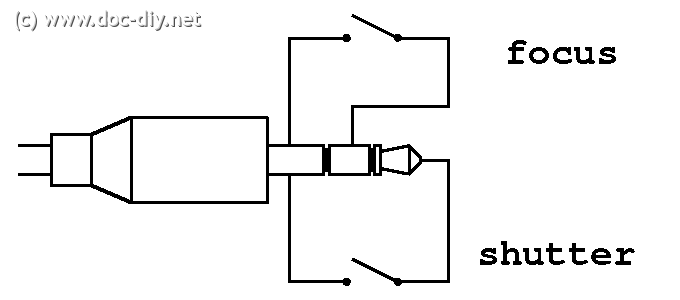I need to trigger a Cannon EOS 650D camera externally, this is done by shorting 2 wires, leading out from a standard 2.5mm jack:
The camera provides 3.3V. I want to complete the circuit and externally trigger the camera from an Arduino, for which I think the best way to do so is with a transistor. This is my current wiring diagram:
Pressing the button completes the circuit, but nothing happens. I tested it with an LED and it worked fine, the only difference being that I supplied the LED with the 5V of the Arduino. The exact transistor I'm using is an NPN 2N2222. My resistor is 10k Ohm.
Is my wiring wrong? Why is working with the LED but not the camera cable? Do I need a different transistor? If so, how do I know what I'm looking for? Any and all advice is welcome.


